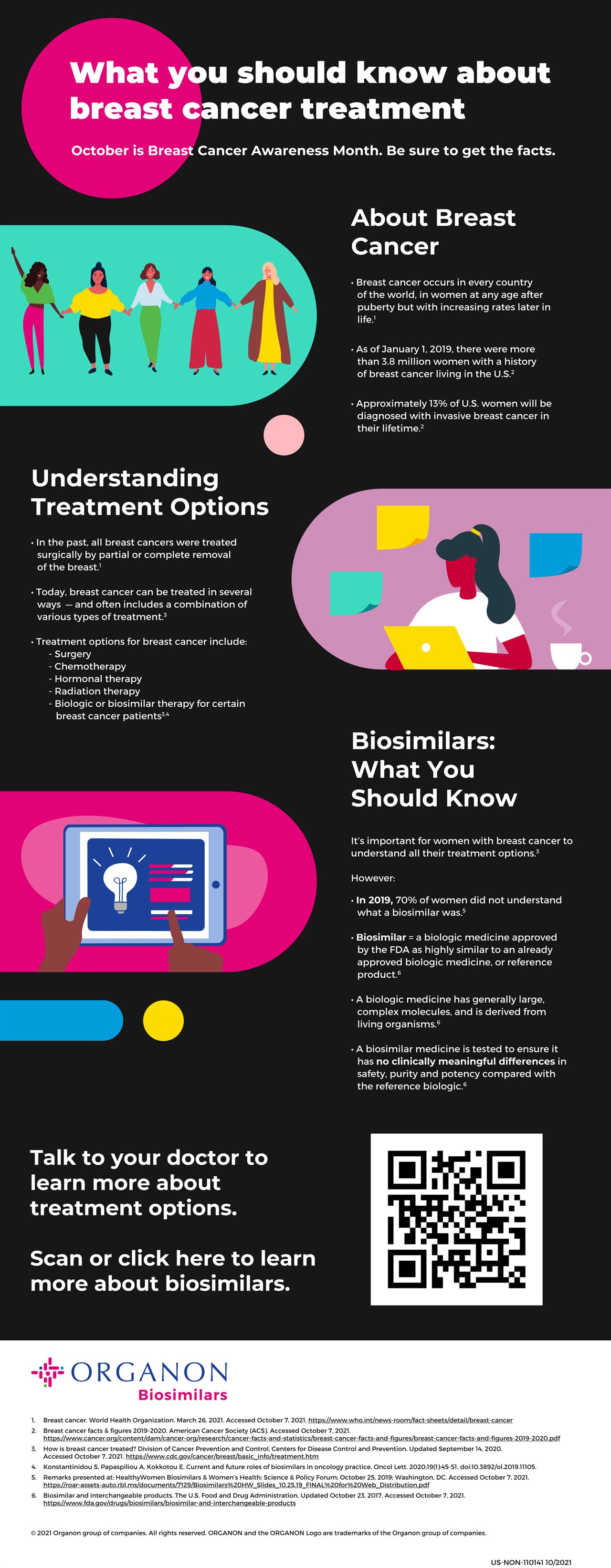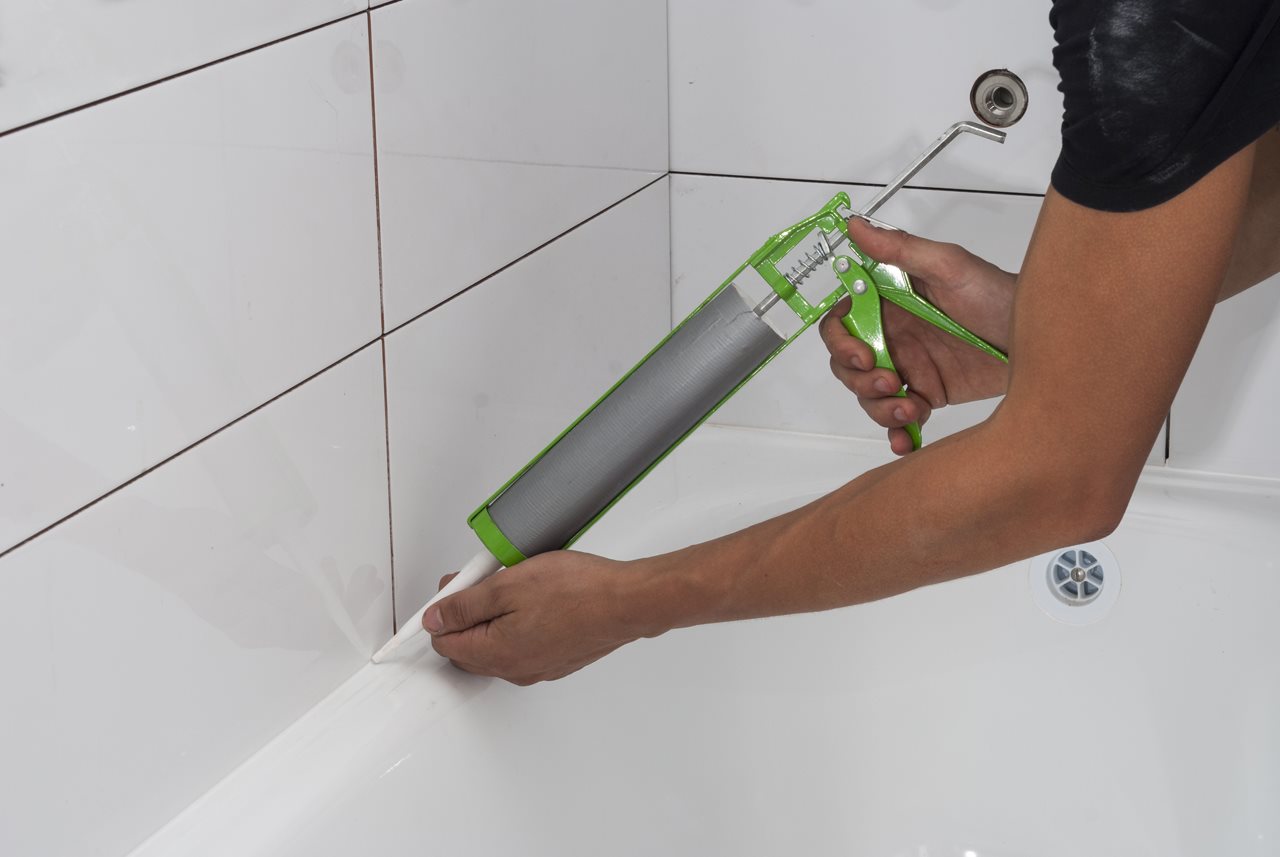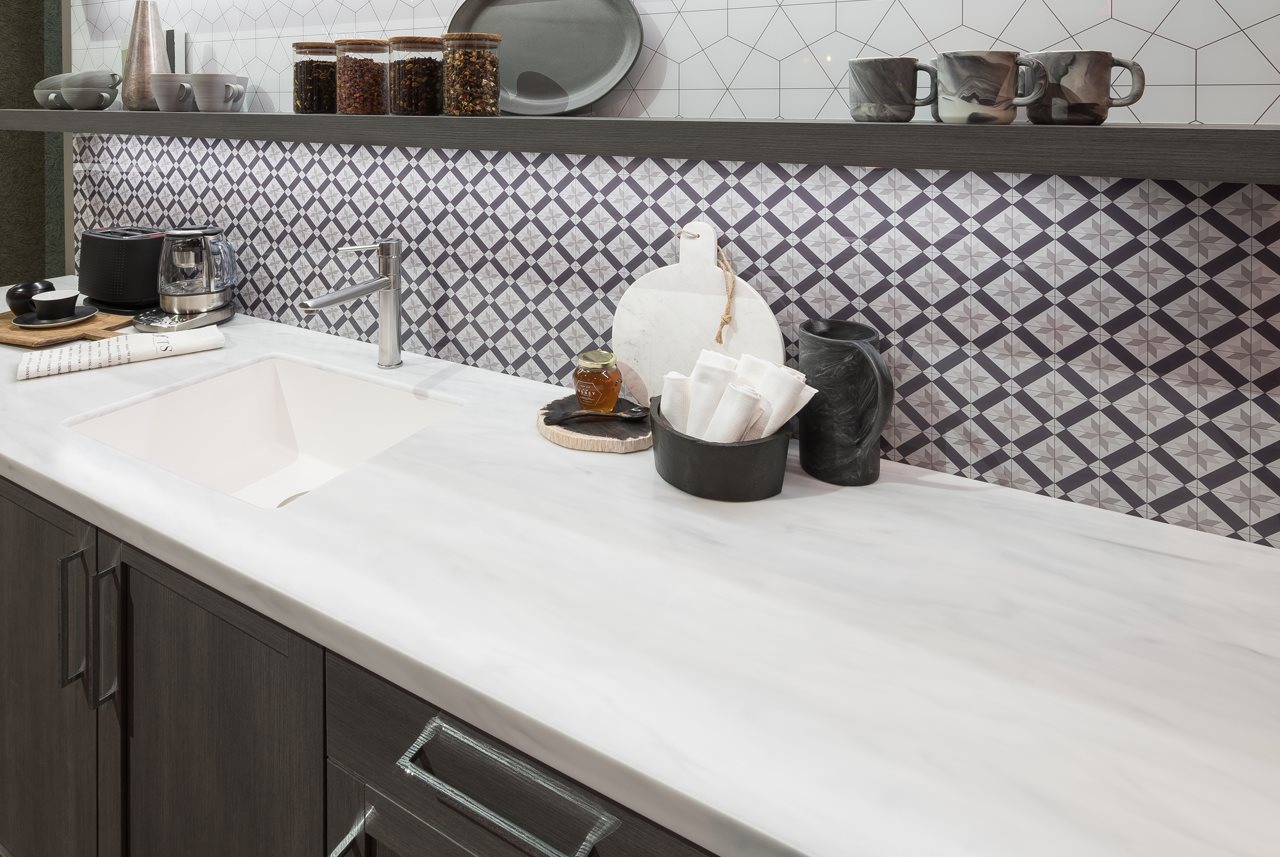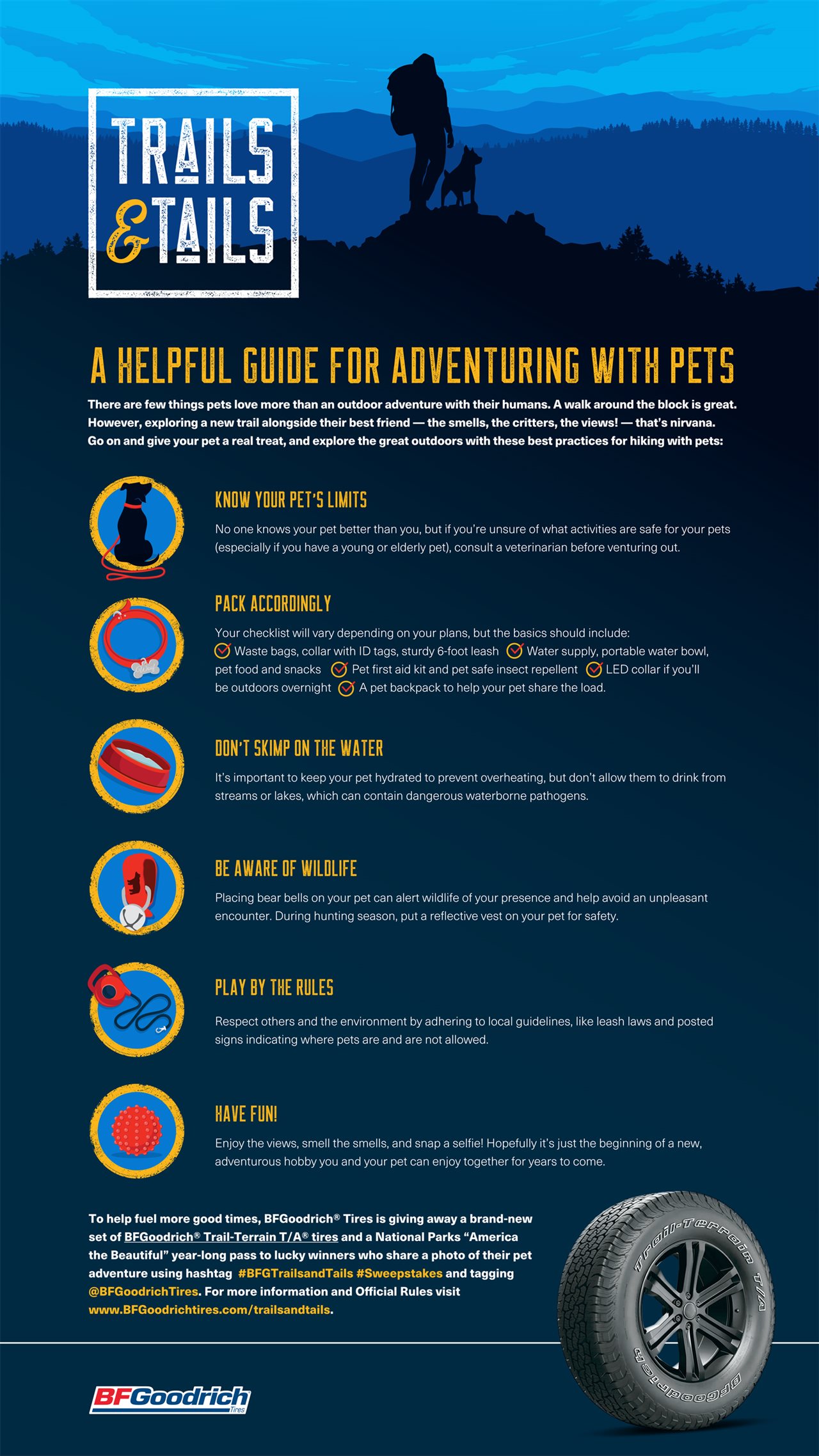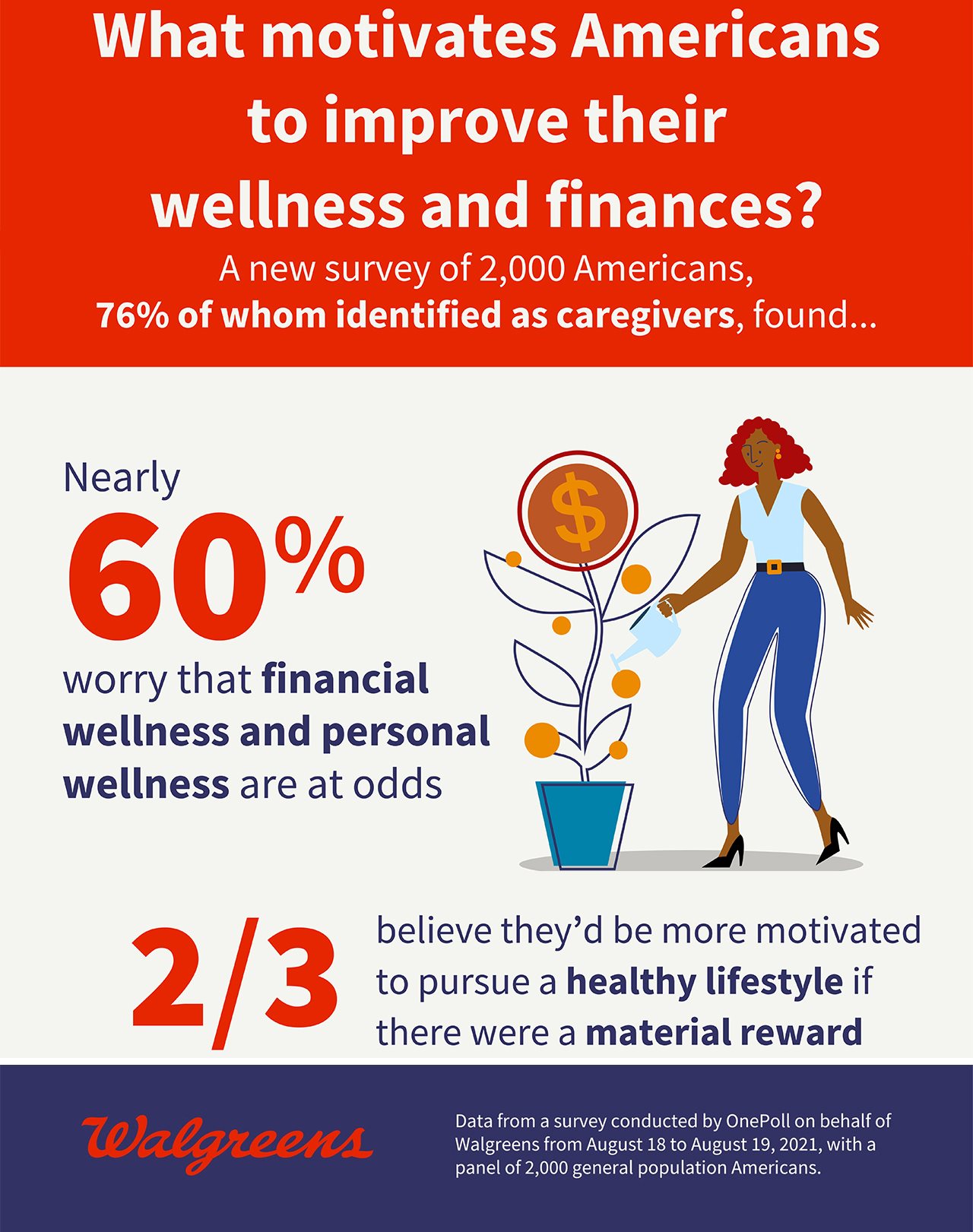2021-10-09T08:01:00
(BPT) – This article is sponsored by Otsuka America Pharmaceutical, Inc. and Lundbeck.
On October 10, World Mental Health Day will be observed to raise awareness for the variety of mental health illnesses that people across the globe are faced with daily. This day also provides an opportunity to educate the public on Bipolar-I Disorder (BP-I), and the importance of stability among BP-I patients.
In the United States alone, an estimated 4.8 million adults are or will be diagnosed with BP-I at some point in their life. BP-I is a serious, chronic mental illness that generally requires lifelong treatment and is characterized by the occurrence of manic episodes; patients can also experience mixed episodes which consist of both manic and depressive symptoms.
A manic episode can manifest itself as either euphoria or feeling “high,” or as irritability. For example, people with BP-I may have an inflated self-image and have increased energy, with hyperactivity and a decreased need for sleep. Depressive episodes typically consist of symptoms like feeling very down or sad, trouble concentrating or making decisions, and a feeling of restlessness that can last one to two weeks, or sometimes longer.
“Consistency in care is a critical part of helping people living with BP-I remain stable,” said Dr. Greg Mattingly, a psychiatrist from Saint Charles, Missouri. “This includes providing hope and facilitating healthy conversations between patients and physicians, as research suggests that it’s important for patients with BP-I to keep up with regular medical and therapy appointments.”
World Mental Health Day shines an important light on mental health disorders, including BP-I, and can be used as a time to spread education and awareness about the variety of resources and options available for individuals living with mental health disorders.
While patients should always speak to their healthcare team before making changes to their current care plan, the Mayo Clinic has created guidance to help individuals living with BP-I continue to manage their mental health:
- Keep days structured – Create a schedule and structure for work, free time, family and socializing.
- Stick to healthy habits – Eat healthy meals, get plenty of sleep, spend time outside, and stay physically active (e.g., walking, yoga, or using other exercise options available), as appropriate based on a patient’s care plan determined by their doctor.
- Engage in relaxing activities – Take time for hobbies and relaxing activities to stay grounded. This may include crafts, cooking, playing or listening to music or meditating.
- Limit news and social media consumption – Worrisome news can exacerbate stress so it’s important to limit exposure to those information streams. It’s also good to curtail time on social media since those platforms can also heighten negative emotions.
- Stay consistent with counseling or therapy sessions – For patients in therapy, keeping up with therapy sessions is an especially important aspect of their comprehensive treatment plan.
- Keep up with medication regimens – It is important that patients stay current with their treatments and for stable patients to talk to their doctor about maintenance treatment options that may be appropriate for them.
For patients with BP-I who are currently stable on their oral medication, a long-acting injection may be appropriate for them.
One option is ABILIFY MAINTENA® (aripiprazole), a once monthly long acting injectable, given by injection by a healthcare professional for the maintenance treatment of BP-I in adults. Patients should continue to take their current antipsychotic medicine for two weeks after their first treatment with ABILIFY MAINTENA.
ABILIFY MAINTENA may cause serious side effects, including an increased risk of death in elderly people with dementia-related psychosis. The most common side effects with ABILIFY MAINTENA include weight gain, an inner sense of restlessness such as feeling like you need to move, injection site pain, and sleepiness. Please read the complete IMPORTANT SAFETY INFORMATION below.
Learn more at abilifymaintena.com.
INDICATION and IMPORTANT SAFETY INFORMATION for
ABILIFY MAINTENA® (aripiprazole)
INDICATION:
ABILIFY MAINTENA is a prescription medicine given by injection by a healthcare professional for:
- maintenance treatment of bipolar I disorder in adults
It is not known if ABILIFY MAINTENA is safe and effective in children under 18 years of age.
IMPORTANT SAFETY INFORMATION:
Elderly people with dementia-related psychosis are at increased risk of death when treated with antipsychotic medicines including ABILIFY MAINTENA. ABILIFY MAINTENA is not for the treatment of people who have lost touch with reality (psychosis) due to confusion and memory loss (dementia).
Do not receive ABILIFY MAINTENA if you are allergic to aripiprazole or any of the ingredients in ABILIFY MAINTENA. Allergic reactions to aripiprazole have ranged from rash, hives and itching to anaphylaxis, which may include difficulty breathing, tightness in the chest, and swelling of the mouth, face, lips, or tongue.
ABILIFY MAINTENA may cause serious side effects including:
- Increased risk of stroke and ministroke has been reported in clinical studies with oral aripiprazole of elderly people with dementia-related psychosis and can lead to death.
- Neuroleptic malignant syndrome (NMS), a serious condition that can lead to death. Call your healthcare provider or go to the nearest emergency room right away if you have some or all of the following symptoms of NMS: high fever, stiff muscles, confusion, sweating, or changes in pulse, heart rate, and blood pressure.
- Uncontrolled body movements (tardive dyskinesia). ABILIFY MAINTENA may cause movements that you cannot control in your face, tongue, or other body parts. Tardive dyskinesia may not go away, even if you stop receiving ABILIFY MAINTENA. Tardive dyskinesia may also start after you stop receiving ABILIFY MAINTENA.
- Problems with your metabolism such as:
- High blood sugar (hyperglycemia): Increases in blood sugar can happen in some people who receive ABILIFY MAINTENA. Extremely high blood sugar can lead to coma or death. If you have diabetes or risk factors for diabetes (such as being overweight or a family history of diabetes), your healthcare provider should check your blood sugar before you start receiving ABILIFY MAINTENA and during your treatment.
- Call your healthcare provider if you have any of these symptoms of high blood sugar while receiving ABILIFY MAINTENA:
- feel very thirsty
- need to urinate more than usual
- feel very hungry
- feel weak or tired
- feel sick to your stomach
- feel confused, or your breath smells fruity
- Increased fat levels (cholesterol and triglycerides) in your blood.
- Weight gain. You and your healthcare provider should check your weight regularly.
- Unusual urges. Some people receiving ABILIFY MAINTENA have had unusual urges such as gambling, binge eating or eating that you cannot control (compulsive), compulsive shopping, and sexual urges.
If you or your family members notice that you are having unusual urges or behaviors, talk to your healthcare provider.
- Decreased blood pressure (orthostatic hypotension). You may feel lightheaded or faint when you rise too quickly from a sitting or lying position.
- Low white blood cell count
- Seizures (convulsions)
- Problems controlling your body temperature so that you feel too warm. Do not become too hot or dehydrated while you receive ABILIFY MAINTENA. Do not exercise too much. In hot weather, stay inside in a cool place if possible. Stay out of the sun. Do not wear too much clothing or heavy clothing. Drink plenty of water.
- Difficulty swallowing
Do not drive, operate machinery, or do other dangerous activities until you know how
ABILIFY MAINTENA affects you. ABILIFY MAINTENA may make you feel drowsy.
Do not drink alcohol while you receive ABILIFY MAINTENA.
Before receiving ABILIFY MAINTENA, tell your healthcare provider about all your medical conditions, including if you:
- have never taken aripiprazole before
- have diabetes or high blood sugar or a family history of diabetes or high blood sugar. Your healthcare provider should check your blood sugar before you start receiving ABILIFY MAINTENA and during your treatment.
- have or had seizures (convulsions)
- have or had low or high blood pressure
- have or had heart problems or a stroke
- have or had a low white blood cell count
- have problems that may affect you receiving an injection in your arm or buttocks
- are pregnant or plan to become pregnant. It is not known if ABILIFY MAINTENA will harm your unborn baby. If you become pregnant while receiving ABILIFY MAINTENA, talk to your healthcare provider about registering with the National Pregnancy Registry for Atypical Antipsychotics. You can register by calling 1-866-961-2388 or go to http://womensmentalhealth.org/clinical-and-research-programs/pregnancyregistry/
- are breastfeeding or plan to breastfeed. ABILIFY MAINTENA can pass into your milk and may harm your baby. Talk to your healthcare provider about the best way to feed your baby if you receive ABILIFY MAINTENA.
Tell your healthcare provider about all the medicines you take, including prescription medicines, over-the-counter medicines, vitamins, and herbal supplements.
ABILIFY MAINTENA and other medicines may affect each other causing possible serious side effects. Do not start or stop any medicines during treatment with ABILIFY MAINTENA without talking to your healthcare provider first.
The most common side effects of ABILIFY MAINTENA include: weight gain, inner sense of restlessness such as feeling like you need to move (akathisia), injection site pain, or sleepiness (sedation).
It is important to contact your healthcare provider if you experience prolonged, abnormal muscle spasms or contractions, which may be signs of a condition called dystonia.
These are not all the possible side effects of ABILIFY MAINTENA.
If you have any questions about your health or medicines, talk to your healthcare provider.
You are encouraged to report side effects of ABILIFY MAINTENA (aripiprazole).
Please contact Otsuka America Pharmaceutical, Inc. at 1-800-438-9927 or FDA at
1-800-FDA-1088 (www.fda.gov/medwatch).
Please read U.S. FULL PRESCRIBING INFORMATION, including BOXED WARNING, and MEDICATION GUIDE.
Dr. Mattingly also advises patients to engage their health care team if they have any concerns or notice any changes in their mental health.
For more information about ABILIFY MAINTENA, visit www.abilifymaintena.com.


